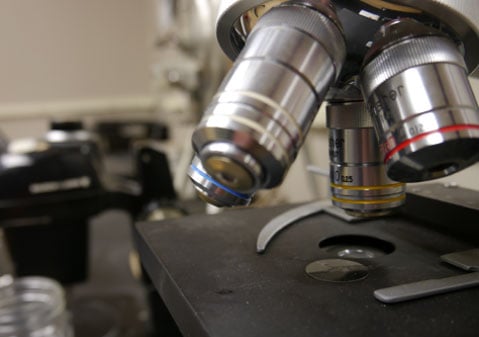What Affects Film Stiffness?
 One of the key mechanical properties of plastic is stiffness. It can be defined as the material’s ability to evenly distribute a load as well as its resistance to deformation. The stiffness of a plastic film is controlled by several factors. Understandably, the intrinsic flexibility of the resin has the greatest effect on the material stiffness. The material’s level of flexibility is usually reported as flexural modulus or bending modulus of elasticity and reported in psi or pascals. These properties are often calculated as the ratio of stress to strain in flexural deformation and show the material's ability to resist bending. This property can be somewhat modified through the processing method with the use of additives or by creating multi-layer films.
One of the key mechanical properties of plastic is stiffness. It can be defined as the material’s ability to evenly distribute a load as well as its resistance to deformation. The stiffness of a plastic film is controlled by several factors. Understandably, the intrinsic flexibility of the resin has the greatest effect on the material stiffness. The material’s level of flexibility is usually reported as flexural modulus or bending modulus of elasticity and reported in psi or pascals. These properties are often calculated as the ratio of stress to strain in flexural deformation and show the material's ability to resist bending. This property can be somewhat modified through the processing method with the use of additives or by creating multi-layer films.
The Effects of Cooling Rate
There are a few factors within polymer processing that have a direct effect on the film’s stiffness. These include elements such as the cooling rate or process orientation. For some polymers, such as crystalline or semi-crystalline, the degree of crystallization affects the film stiffness. The polymer’s crystallinity is influenced by the rate of cooling from molten to solid state. Higher crystallinity results in stiffer films however, quenching a crystalline polymer during the cooling process will prevent the film from achieving a fully crystalline state and therefore reduce its level of stiffness. If the film is heated to a state above the crystallization temperature, it will relax and anneal to a denser and more organized (crystalline) state, therefore improving the film’s stiffness.
The Effects of Processing Orientation
Another factor that can affect a polymer’s stiffness is the orientation during the extrusion process. Polymers will experience some increase in the flex modulus due to the orientation of the polymer chains as they are extruded through a die. Orientation can be modified through variables such as extrusion throughput rate/die shear rate, web drawdown or line speed, polymer melt temperatures, and process cooling temperatures (i.e., roll temps). Additional orientation can be achieved during film take-up when winding with varying tension. Increasing orientation in the machine direction with an associated decrease in cross-web stiffness will result in an enhanced stiffness in the machine direction. This can be observed via an increased tensile modulus in films. As mentioned above, subsequent heating, or annealing, allows the polymer orientation to relax, reducing the ‘directional’ increase in rigidity in the machine direction and creating a more isotropic film.
A film that is also oriented across the film width, either utilizing blown film extrusion or a stretch/tentering process, will also see a rigidity increase in the elongation direction whether done in a melt or solid state. The amount of change is dependent on the polymer chemistry and degree of stretch.
The Effects of Additives
After choosing the appropriate polymer chemistry, perhaps the greatest influence on film stiffness is the use of reinforcing additives such as fibers and mineral fillers. These additives can often significantly increase a film’s stiffness. Here the geometry and stiffness of the additive itself has the ability to substantially increase the compounded polymer’s modulus. For example, rigid fillers with higher aspect ratios have the greatest influence on increasing film stiffness. Note that both adding fillers and increasing crystallinity will generally reduce film transparency, often rendering the film opaque. However, it is worth mentioning that there are additives, alternate polymer choices, and processing conditions that can be applied to create various levels of transparency to a finished film product if clarity is a desired attribute
The Effects of Thickness
Lastly, a material’s thickness will directly correlate to its stiffness – but the higher thickness will also increase material costs. An alternative often used to avoid extensive costs is to apply thin, stiff outer layers and inexpensive “filling” layers creating a sandwich structure with the required stiffness. Here, additives can also play a role in managing the final film’s aggregate stiffness. Increasing thickness will exponentially increase the stiffness of the film while minimizing total costs by using a laminated multilayer film where the stiffest layers are placed further from the mid-line of the film.

As with any new development, research and testing is often required to find that perfect combination of properties. By playing with the polymer choice, cooling rate, orientation, additive mix, or thickness you can be certain to find the level of thickness that is required for your end-use application. Reach out to our Bixby Team to learn more about these options to engineer and tailor your film properties to fit your unique and challenging applications.
Related Links:
Blog by Hal Panabaker


